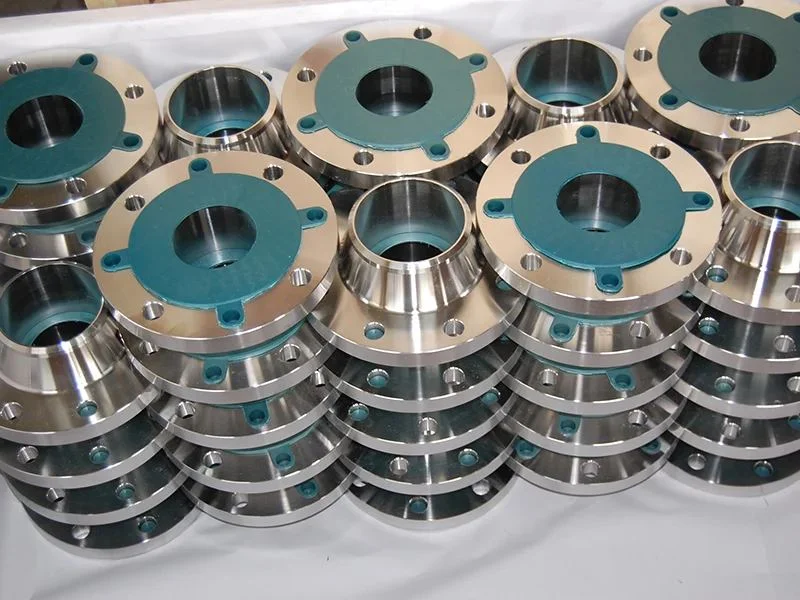304 stainless steel flange rust causes
Stainless steel is a commonly used metal material, which has the advantages of corrosion resistance, high temperature resistance and beautiful appearance, so it is widely used in various fields. However, even though 304 stainless steel is considered a corrosion-resistant material, it can still show signs of rust in some cases. This article will discuss the reasons for the rusting of 304 stainless steel flanges.

First of all, one of the reasons for the rust of 304 stainless steel flanges is the oxygen and moisture in the environment. Although stainless steel has high corrosion resistance when its surface is in contact with oxygen and moisture, an oxidation reaction will still occur, resulting in rust. Especially in a humid environment, moisture will react with oxygen in the air to form oxides, which in turn will cause rust on the stainless steel surface.
Secondly, the reason for the rusting of 304 stainless steel flanges is also related to the defects of the material itself. Although 304 stainless steel is widely used, it is not completely stainless. During the manufacturing process, there may be some tiny defects, such as grain boundary corrosion, inclusions, etc. These defects can cause localized corrosion on the surface of the stainless steel, which can lead to rusting.
In addition, the reason for the rusting of 304 stainless steel flanges is also related to the chemical substances in the use environment. In some special industrial environments, there are some corrosive substances such as strong acid and strong alkali, which will corrode stainless steel and cause its surface to rust. In addition, some chemicals containing chloride ions can also corrode stainless steel and cause rust.
In addition to the above points, the reason for the rusting of 304 stainless steel flanges is also related to improper use and maintenance. If the stainless steel surface is exposed to a humid environment for a long time, or if it is in contact with water containing salt for a long time, the rusting rate of the stainless steel will be accelerated. In addition, if the surface of the stainless steel is scratched or worn, the protective film on the surface will also be destroyed, resulting in rust.
In order to avoid the 304 stainless steel flange from rusting, we can take some measures. First of all, try to avoid long-term contact with moisture and oxygen on the stainless steel surface. You can reduce the possibility of rust by coating a protective film or cleaning the stainless steel surface regularly. Secondly, it is necessary to avoid using the environment containing corrosive substances, and if it must be used, corresponding protective measures should be taken. In addition, the stainless steel surface should be checked regularly for scratches or wear, and repaired in time to maintain its integrity.
To sum up, the reasons for the rusting of 304 stainless steel flanges mainly include oxygen and moisture in the environment, defects in the material itself, chemical substances in the use environment, and improper use and maintenance. Understanding these reasons, we can take corresponding measures to prevent and reduce the rust problem of stainless steel flanges and prolong their service life.
Carbon Steel Flange & Stainless Steel Flange
Advantages and scope of use of sliding flanges
Advantages of stainless steel flanges
What are the advantages of stainless steel pipe fittings?
Precautions for using stainless steel flanges
Flange installation precautions
Flange sealing principle and form
Flange gasket seal connection leakage cause






